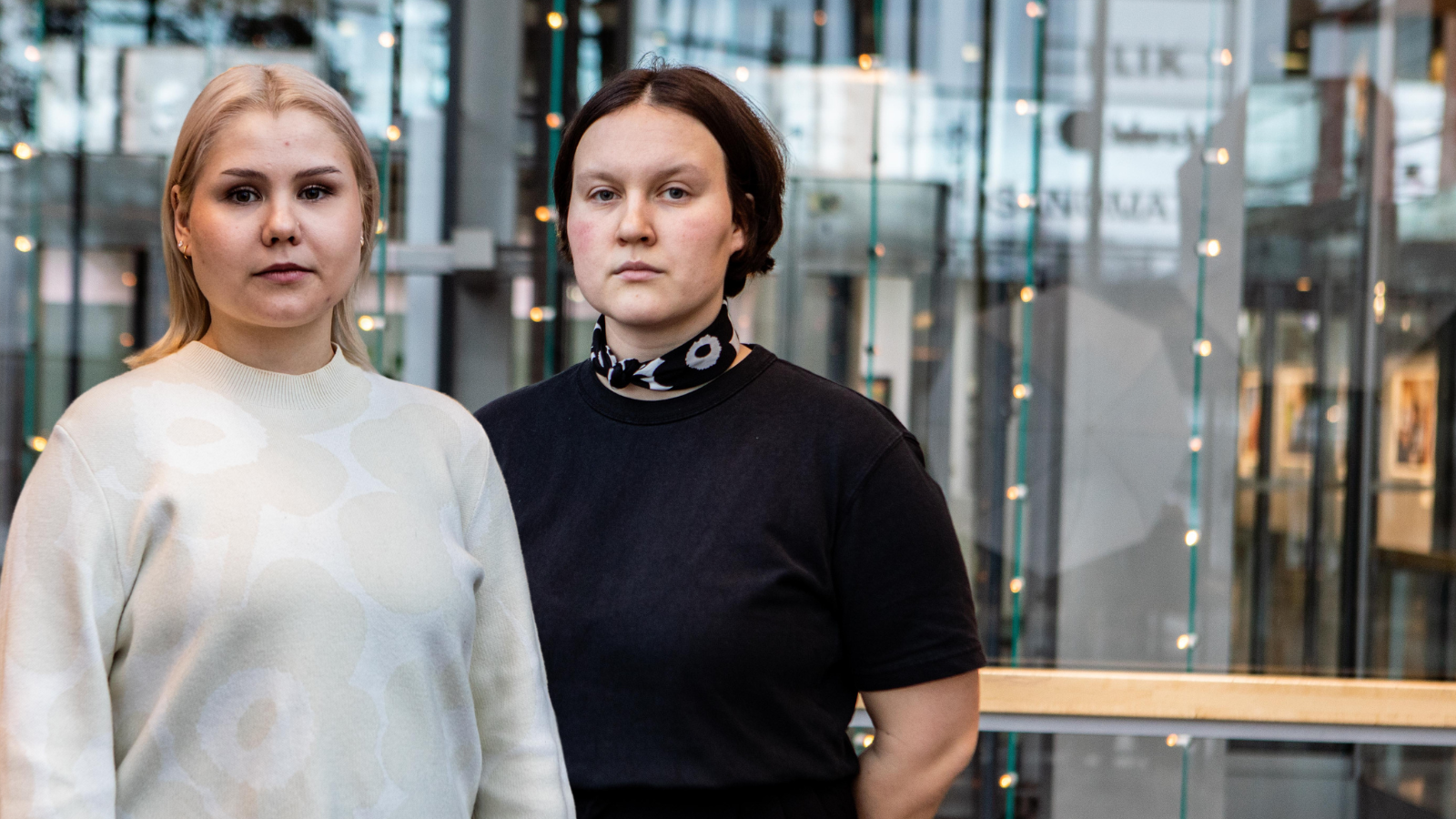The year 2018 starts slowly. For us in the advocacy organisations, who live in the annual cycle of the Parliament of Finland, January is the month to orientate ourselves to activities within our own organisation and the coming year because our Members of Parliament are on winter holiday until the second week in February.
While we are waiting for Parliament to return from its recess, the election of the Speaker and the long-awaited reading of the health and social services bills, presidential elections will be held in Finland. Many young people seem to think that these presidential elections are the dullest possible elections. To you I say: just wait for October and the county elections!***
In Finland, the presidential elections have long had the highest voter turnout. As in other elections, it is the baby boomers who are the most active voters. Statistics show that an archetypal voter is a 55–69-year-old male. In recent years, the voter turnout among young people makes grim reading: in the municipal elections last spring, only every third under 25-year old person voted and even in other national elections, the voter turnout among young people remains 10 to 15 per cent lower than in other age groups.
According to Gallup polls and in the media, it seems that these presidential elections at the end of January are settled even before the campaigns have really started. It seems that President of the Republic of Finland, Sauli Niinistö, who is seeking re-election, would be re-elected for a second term in the first round of the elections and that he would take the lion’s share of the votes from the supporters of the three traditional major parties.
When watching monotonous panel discussions, one wonders why one should even bother to vote in these elections. For this position of a half-ceremonial “value leader” who calls for public debate, we look for a sufficiently old and experienced woman or a man. They raise themselves “above daily politics”, sign Acts and comment on the big picture of our country with a serious face. In principle, the presidential position is minimal because of the constitutional reform, which was made at the beginning of the 21st century. In practice, the position can be fairly important for both domestic and foreign policy.
The Finnish young people who were born in the 20th or 21st century associate the presidential institution to a great extent with the country’s first female president, President Tarja Halonen and experience Finland as a model country for equality where women can carry out any task. Similarly, we remember when President Martti Ahtisaari was awarded the Nobel Peace Prize. Although these experiences have been significant for both the young generations and nationally, it is worth considering what the presidential institution will mean in Finland in the 2020s.
The father of national president traumas, President Urho Kaleva Kekkonen stated that it is only possible to have national unity if we accept plurality. Nowadays, it is self-evident to us that we agree with this motto. Therefore, it is difficult to understand why Finns would like to have an almost half-royal leader. In a plural society, it is extremely difficult to find a value leader who everyone would be happy about.
In the historical context, it is only human and understandable that the older generations are strongly committed to the presidential institution. It is interesting to see what attitude socially active young people will have towards the institution in the future. Political youth organisations, at least the Left Youth of Finland and the Federation of Green Youth and Students, have already hinted at the possibility of abandoning the institution. In SYL’s blog, it seems quite reasonable to ask whether the student movement should have an opinion on the matter and on developing our democratic system.
No matter what happens to the presidential institution in the medium term, the presidential elections will be held at the end of the month. The advance voting period is from 17 to 23 January and the actual election day is on 28 January. Although these elections will not become a struggle for values and identity for the young and urban population – as the previous elections – it is still important to vote. Firstly, because it is a right which we have been given and it is unfortunate if we throw it away. Secondly, because we cannot let middle-aged men decide for us. It is time to decide for ourselves.
Silja Silvasti, Social Policy Adviser
***This is so-called humour. SYL takes the county elections seriously and will launch a campaign for these elections in cooperation with the student unions.




